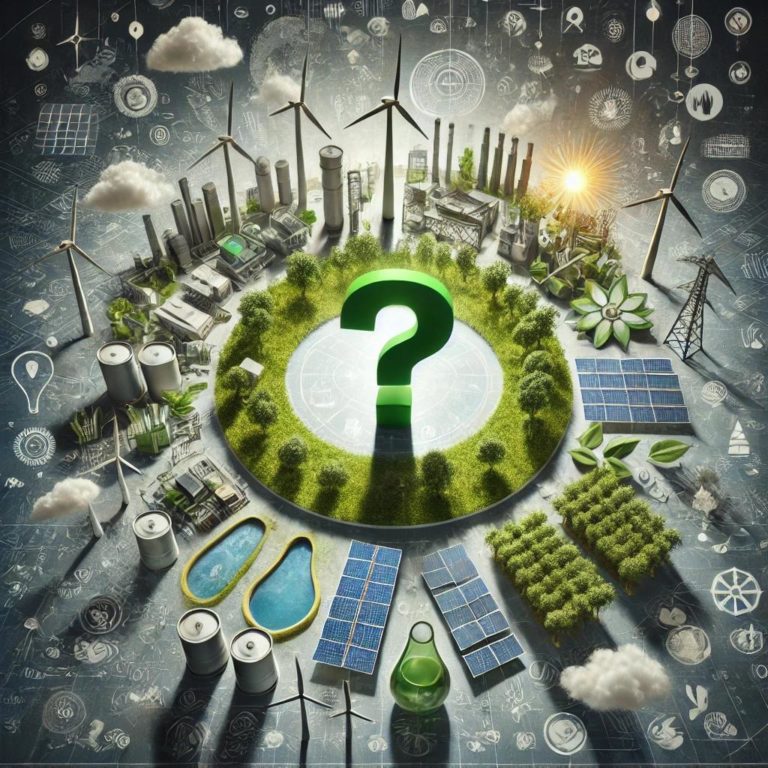
In a recent article published in BMC Environmental Science, Prithvi Simha and Gert van der Merwe argue that the term “green” ammonia is misleading, inaccurate, and overly simplistic.
Both brown ammonia and “green” ammonia are produced using the Haber-Bosch process. While brown ammonia is made using hydrogen extracted from fossil fuels, green ammonia uses hydrogen derived from renewable energy-powered electrolysis of water, thereby “greening” and decarbonizing ammonia synthesis. However, the nitrogen needed for Haber-Bosch ammonia synthesis is extracted from the atmosphere, an energy-intensive process that remains fundamentally linear for both types of ammonia. This anthropogenic nitrogen extraction has nearly doubled global nitrogen fixation, and already pushed the biogeochemical cycle of nitrogen beyond its safe planetary boundary.
Decarbonizing the global economy is essential, but focusing solely on reducing carbon emissions is shortsighted. To truly merit a green label, we argue that the fertilizer industry must adopt a planetary boundaries framework that extends beyond the current industry focus on merely offsetting or reducing carbon emissions from fertiliser production. The industry has a significant impact on nitrogen and phosphorus nutrient cycles and thus, has extended producer responsibility for minimising the environmental impacts of its products.
We think that the fertiliser industry should strive for creating products that substantially reduce reactive nitrogen and phosphorus fluxes to ecosystems. One solution here is to engage in the large-scale production of bio-based fertilizers. For instance, recycling humanurine alone could substitute about 25% of the nitrogen and phosphate fertilisers used in agriculture globally. Such recycling could offset the demand for anthropogenic nitrogen fixation via green/brown ammonia synthesis, while aligning food systems more closely with the principles of a truly green and circular economy.
Let’s redefine what it means to be “green” by considering the full environmental impact and embracing genuinely sustainable alternatives.
Read the full article here: https://lnkd.in/dKmxCz_S
